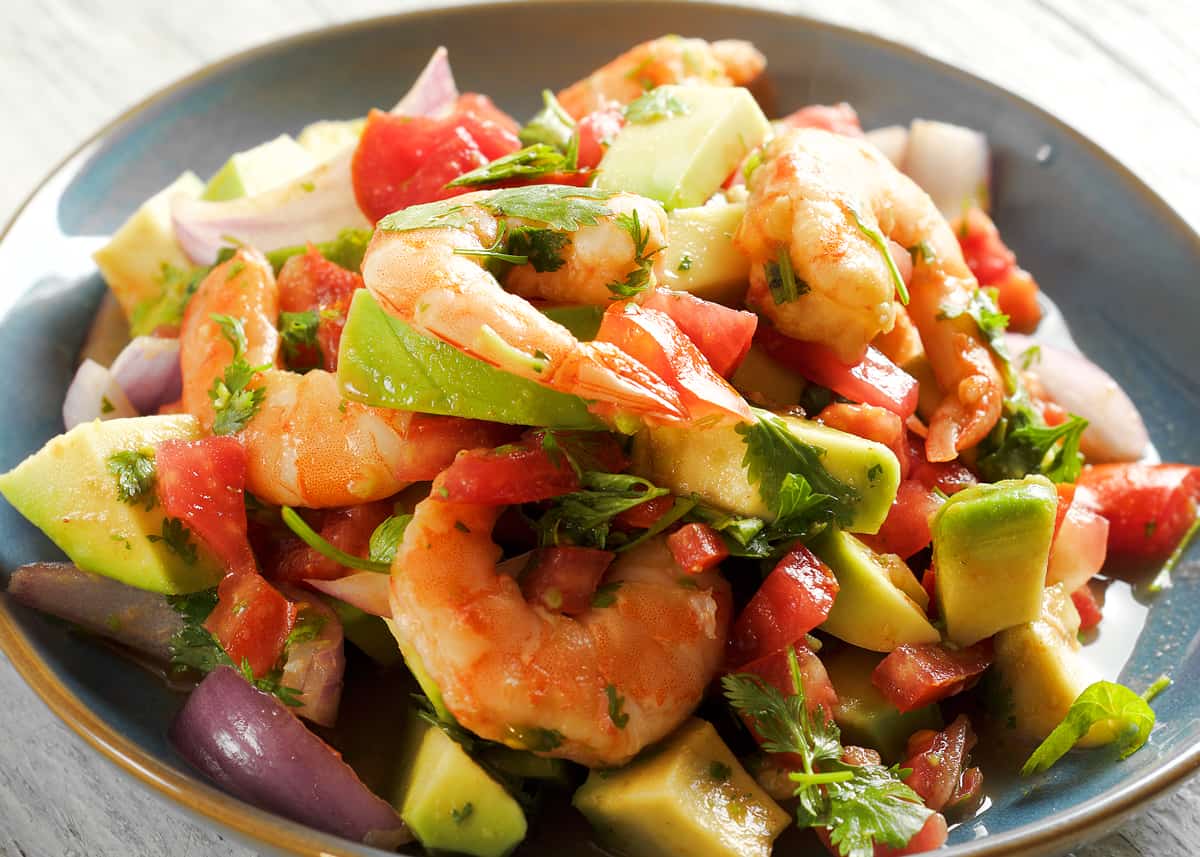Introduction: Ecuadorian cuisine and its regional variations
Ecuador, a country located in South America, is home to a diverse culinary scene that draws from a mix of indigenous, Spanish, and African culinary traditions. Ecuadorian cuisine varies regionally, with each region offering unique ingredients and flavors that reflect the local geography and cultural influences. The cuisine of Ecuador is characterized by its use of fresh ingredients, bold flavors, and traditional cooking techniques that have been passed down for generations.
The coastal region: seafood and bananas
The coastal region of Ecuador, which includes cities like Guayaquil and Esmeraldas, is known for its abundant seafood dishes and the use of plantains and bananas. Some of the most popular dishes from this region include ceviche, a dish made with raw seafood marinated in citrus juices and herbs, and encebollado, a hearty fish soup with onions and yuca. The region is also known for its use of plantains and bananas, which are used to make bolones de verde (plantain dumplings filled with cheese or meat) and patacones (fried plantains that are often served as a side dish).
The Andean region: potatoes and meats
The Andean region of Ecuador, which covers the highlands and includes cities like Quito and Cuenca, is known for its hearty stews, grilled meats, and use of potatoes. Some of the most popular dishes from this region include locro de papas, a creamy potato soup with cheese and avocado, and hornado, a roasted pork dish that is often served with potatoes and corn. The region is also known for its use of grains like quinoa and corn, which are used to make dishes like humitas (steamed corn cakes) and mote pillo (a dish made with hominy and eggs).
The Amazonian region: exotic fruits and river fish
The Amazonian region of Ecuador, which covers the eastern part of the country and includes cities like Tena and Napo, is known for its use of exotic fruits and river fish. Some of the most popular dishes from this region include maito, a dish made with fish wrapped in banana leaves and grilled over an open flame, and chontacuro, a type of worm that is often sautéed with garlic and served as a snack. The region is also known for its use of fruits like guava, pineapple, and papaya, which are used to make refreshing juices and desserts.
The Galapagos Islands: unique ingredients and seafood
The Galapagos Islands, a group of volcanic islands located off the coast of Ecuador, have a cuisine that is influenced by the unique ingredients and seafood found in the region. Some of the most popular dishes from this region include ceviche made with sea urchin, and churrasco de lomo fino, a grilled steak made with beef from the highlands. The region is also known for its use of exotic fruits like passionfruit and naranjilla, which are used to make refreshing drinks and desserts.
Indigenous cuisine: ancestral recipes and ingredients
Indigenous cuisine in Ecuador is characterized by its use of ancestral ingredients and cooking techniques. Some of the most popular dishes include chicha, a fermented corn drink that is often enjoyed during festivals and celebrations, and llapingachos, a dish made with potato cakes filled with cheese and served with peanut sauce. Indigenous communities also use ingredients like guinea pig, cuy, and alpaca, which are often roasted or served in stews.
Colonial influences: Spanish and African flavors
Ecuadorian cuisine has been influenced by Spanish and African culinary traditions, which have left a lasting impact on the country’s culinary scene. Some of the most popular dishes that reflect these influences include seco de chivo, a goat stew with peanuts and served with rice, and arroz con menestra y carne asada, a dish made with rice, lentils, and grilled meat. African influences can be seen in dishes like fanesca, a soup made with grains, squash, and salt cod that is traditionally served during Easter.
Conclusion: the diversity and richness of Ecuadorian cuisine
Ecuadorian cuisine is diverse and rich, reflecting the country’s cultural and geographical diversity. Each region offers unique ingredients and flavors, with dishes that have been passed down for generations. The cuisine of Ecuador celebrates fresh ingredients, bold flavors, and traditional cooking techniques, making it a culinary experience that is not to be missed.

